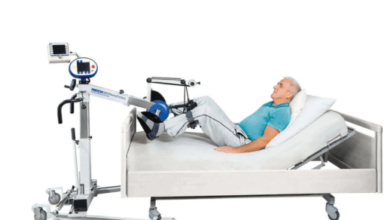Getting cold basement air to flow upstairs can help balance the temperature in your home and make it more comfortable. Here are several methods you can use to achieve this:
- Use Fans:
- Install fans strategically to help circulate air from the basement to the upper floors. Ceiling fans can push warm air down, while floor fans or box fans placed at the base of the basement stairs can help pull cold air upstairs.
- Seal and Insulate:
- Ensure that your home is well-insulated and that there are no drafts. Insulate the basement walls, floors, and ceilings to prevent heat loss. Seal any gaps or cracks in walls, windows, and doors.
- Close Basement Vents and Dampers:
- If your HVAC system has vents or dampers in the basement, partially or fully close them to redirect more warm air to the upper floors.
- Adjust HVAC Registers:
- If your heating and cooling system has adjustable registers or vents in each room, consider closing some on the lower floors and opening more on the upper floors to redirect airflow.
- Use a Duct Booster Fan:
- Install a duct booster fan in the basement ductwork to increase the flow of warm air to the upper floors. These fans help push air through the ducts and into rooms that may not receive adequate heating.
- Install a Zoning System:
- A zoning system can be added to your HVAC system to control the distribution of air to different areas of your home. This allows you to direct more heat to the upper floors when needed.
- Balancing the Ductwork:
- Have a professional HVAC technician assess and balance your ductwork. They can adjust dampers and vents to ensure that air is distributed evenly throughout your home.
- Use Space Heaters:
- In rooms on the upper floors that are particularly cold, consider using portable space heaters to provide supplemental heat. Be sure to follow safety guidelines when using space heaters.
- Insulated Curtains or Blinds:
- Install insulated curtains or blinds on windows, especially in rooms on the upper floors. This can help reduce heat loss through windows and keep rooms warmer.
- Weatherstrip Doors:
- Install weatherstripping around exterior doors to prevent drafts and heat loss.
- Programmable Thermostat:
- Use a programmable thermostat to adjust the temperature in your home based on your daily schedule. This can help optimize heating and cooling efficiency.
- Professional HVAC Evaluation:
- If you’re experiencing significant temperature imbalances, it may be beneficial to have a professional HVAC technician assess your system and recommend specific solutions for your home.
By implementing these strategies, you can improve the circulation of warm air from your basement to the upper floors and create a more comfortable living environment throughout your home, especially during cold weather.



